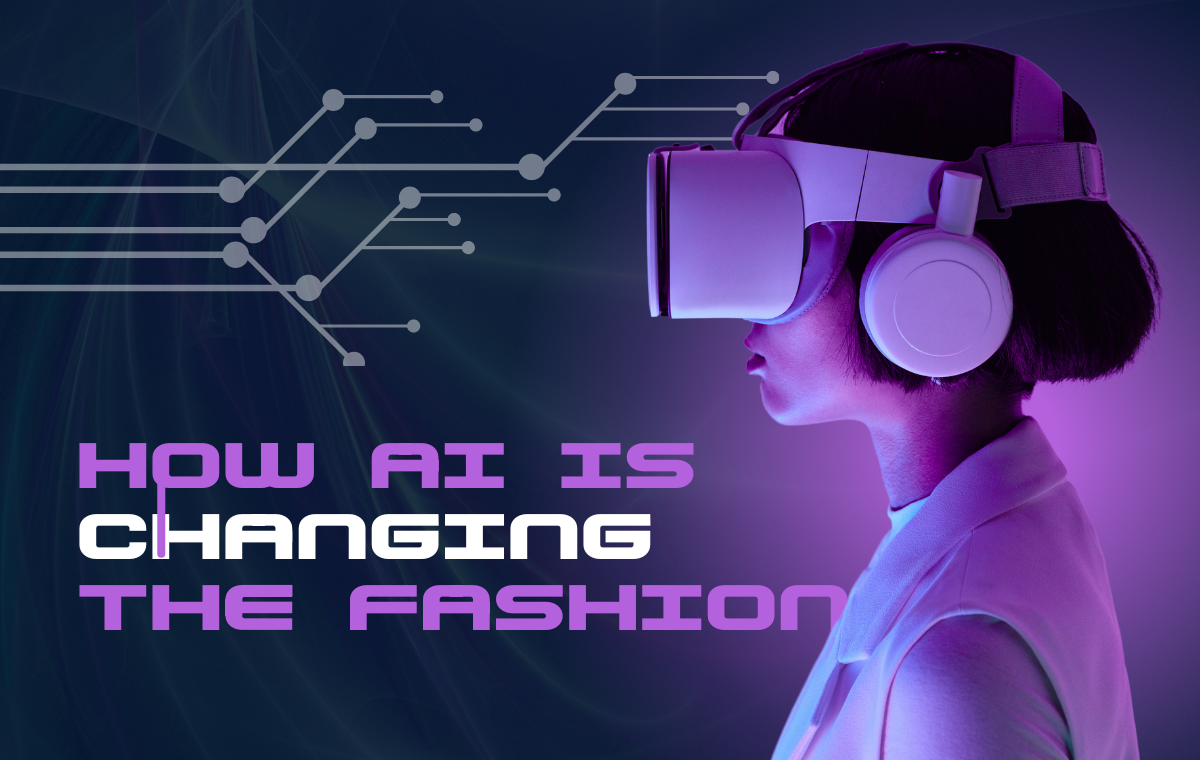Creativity and innovation are crucial in the always-changing world of fashion. The fashion industry is buzzing with talks about the future as the application of generative artificial intelligence (AI) in fashion is sparking a lot of interest. The way fashion firms do business, from design and marketing to sales and customer experience, is about to change because to this ground-breaking technology, powered by algorithms and deep learning models.
Generative AI accelerates human creativity and catalyzes change, not simply another piece of technology. It has the ability to produce new material, including text, photos, code, and videos.It gives fashion experts the ability to combine their creative visions with AI’s capabilities to create new designs.
Examples of Use of GenAI in Fashion
The potential effects of generative AI on the fashion industry are vast and diverse. Examine a few of the most intriguing application cases:
Product Development and Innovation: Fashion designers may utilize generative AI to analyze real-time, unstructured data and produce design variants rather than just relying on trend reports and market analyses. Creative directors may enter their preferences and sketches, and AI will generate a variety of ideas, encouraging innovation and teamwork.
Marketing: To expedite campaign tactics and content production, marketing executives and agencies may use generative AI. It can spot trends in viral material, assisting fashion firms in fast developing compelling marketing campaigns. Scalable personalization of consumer communications may also increase brand loyalty and revenue.
Sales and Customer Experience: Virtual agents and chatbots driven by generative AI improve customer service by shortening wait times and offering tailored replies. By extending the idea of “clienteling,” luxury firms assure individualized encounters with clients long after they leave the store. Online shopping is becoming more entertaining and effective thanks to virtual try-ons.
How to Begin with Generative AI
Generative AI implementation in the fashion sector needs a carefully considered approach. On this revolutionary path, fashion enterprises may be guided by the actions listed below:
Define Value Areas: To begin, decide which areas of your fashion industry may benefit most from generative AI. Decide which areas, such as design, marketing, or improving customer experiences, AI can have the biggest influence.
Prioritise use cases: Based on their potential effect and viability after identifying the possible value areas prioritise use cases. Take into account the technical know-how and implementation resources on your team. You may efficiently allocate resources by using this evaluation to determine which use cases are more likely to be realized than others.
Make a Roadmap: Make a short-term implementation roadmap for generative AI. The precise use cases that you intend to test and validate should be outlined in this roadmap. Think of long-term objectives as well, such as creating a platform for generative design that can be utilised year after year. A well-defined plan will offer a methodical way to integrate generative AI into your fashion operations.
Managing Risks
Although generative AI has enormous promise, it’s important to consider any adoption-related risks:
Legal Considerations: The boundaries of the law governing intellectual property rights and AI-generated works are continually developing. As AI creates material, be prepared to handle the complicated world of ownership and intellectual rights. To prevent legal conflicts in the future, legal vigilance is crucial.
Fairness and Bias: Generative AI systems may unintentionally reinforce prejudices found in training data, endangering the reputation of the business. Keep an eye on AI systems to make sure content creation is fair and unbiased. Implement tools that quickly detect and correct biased outputs.
Staff Training: To reduce mistakes and abuse of generative AI systems, thorough staff training is essential. Give your team the information and abilities they need to use AI, encompassing a variety of professions within your fashion company. For smooth integration, collaboration between technical and non-technical personnel should be promoted.
Increasing Workforce Skill:
To fully reap the rewards of generative AI, fashion firms need to invest in the training of their workforce:
Education and Training: Provide educational and training opportunities for staff members in a variety of positions, such as designers, marketers, salespeople, and customer support agents. Make sure they can utilize generative AI techniques to the fullest.
Collaboration: Encourage communication and cooperation between technical and non-technical teams. Collaboration encourages a more comprehensive approach to deploying generative AI across the organization by facilitating the exchange of knowledge and skills.
Collaborating with technical support: Fashion companies may engage with AI specialists and technology suppliers to hasten the implementation of generative AI.
Leverage External Expertise: Form alliances with genAI-focused companies and AI specialists. Thanks to these collaborations, your fashion firm won’t have to spend time and money creating AI applications from scratch, which may give the required resources, assistance, and knowledge.
In the fashion business, generative AI is a disruptive force that has the potential to bring in a new era of innovation and productivity. It enables those working in the fashion industry to realize their creative potential and improve client experiences. Fashion businesses that proactively embrace generative AI and engage in workforce development will place themselves at the vanguard of this creative revolution, creating the future of fashion, even though obstacles and dangers are inevitable.
Are you intrigued by the limitless possibilities that modern technologies offer? Do you see the potential to revolutionize your business through innovative solutions? If so, we invite you to join us on a journey of exploration and transformation!
Let’s collaborate on transformation. Reach out to us at open-innovator@quotients.com now!






